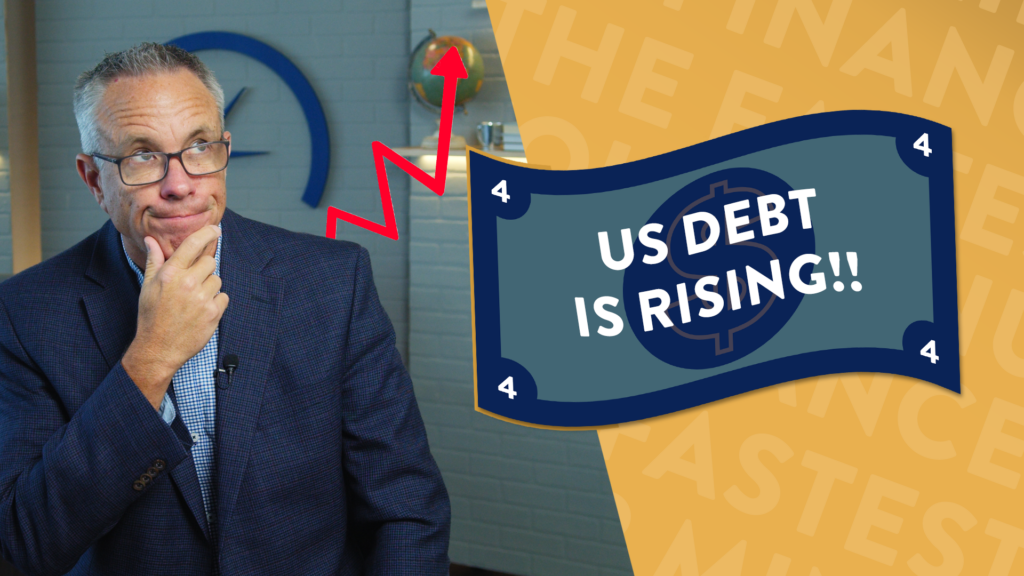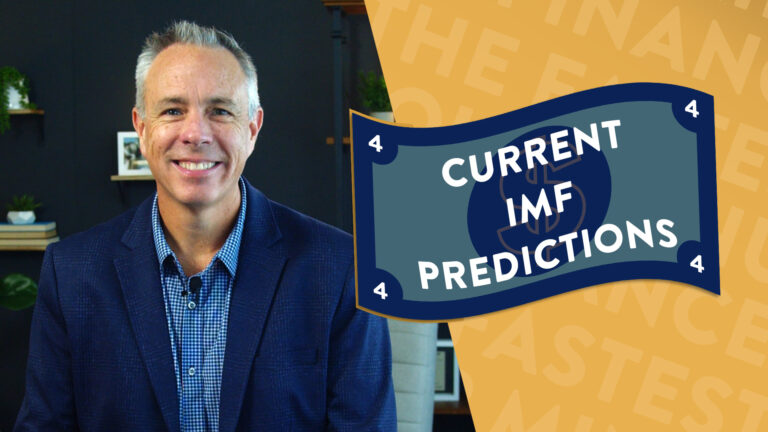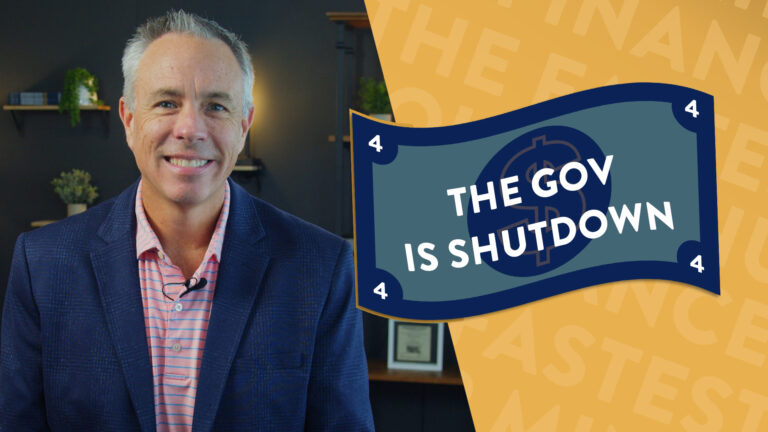Market Resilience: Beyond Political Parties
The stock market doesn’t broadly care who is elected. It has performed well in both Republican and Democratic presidencies. What matters more than who is in office, is how healthy the economy is. When corporations are profitable, stocks generally rise in value, and investors grow their wealth.
Current Economic Landscape: A Positive Outlook
Right now, that is the U.S. economic backdrop. Inflation is down, interest rates have been cut, and will likely continue to be cut. The unemployment rate is low, and corporate earnings, as well as future earnings are strong.
So, what could threaten that?
The Hidden Threat: America’s Mounting Debt
There are many important election issues that voters will assess and use to make their choice for President in a few weeks and we are not trying to take away from their importance. But, from an investor perspective, neither candidate, nor any Congressional candidate is talking about perhaps the biggest threat to our financial independence.
That is the U.S. debt. That debt is $35 trillion.
Expert Analysis: Understanding the Debt’s Impact
But, First Trust Chief Economist Brian Wesbury tells us that big scary number is not what we should be focused on. He writes in a recent article that we should focus on the net interest cost of that debt, relative to Gross Domestic Product, or GDP. He says we should think of net interest debt like a national mortgage payment, relative to the national income. Makes sense.
In our personal finances, we want make sure we have margin between what we make, and what we have to pay on our mortgage.
Alarming Trends: Debt-to-GDP Ratio Spike
Wesbury writes that in 2023, the interest burden hit 2.4% of GDP, the highest since 1999. He also writes that in 2024, it’s projected to be 3%, the highest since 1996.
It has risen over a very short amount of time. He says in the 12 months ending in March, 2021, net interest totaled $315 billion. In the most recent 12 months, it totaled $872 billion, a 177% increase. That’s largely due to increased government spending during the pandemic, followed by a spike in interest rates, making the debt service more expensive.
Historical Perspective: Past Debt Management
Wesbury believes that the surging net interest will be addressed and ultimately curbed. That’s because we’ve been here before.
The government’s net interest obligations totaled 3% of GDP in the 1980’s and the 1990’s. Both parties enacted policies that helped bring the percentages down, like increasing payroll taxes and cutting spending.
Urgent Call to Action: Addressing the Debt Crisis
But this time around, no one is talking about a plan to do that. Wesbury believes by 2026, the issue will have to be addressed. If it’s not, it threatens our economy, our investments, and our financial independence.
The opinions voiced in this video and blog are for general information only and are not intended to provide specific advice or recommendations for any individual.
Securities offered through LPL Financial, Member FINRA/SIPC. Investment advice offered through Independent Advisor Alliance. Independent Advisor Alliance and GenWealth Financial Advisors are separate entities from LPL Financial.





